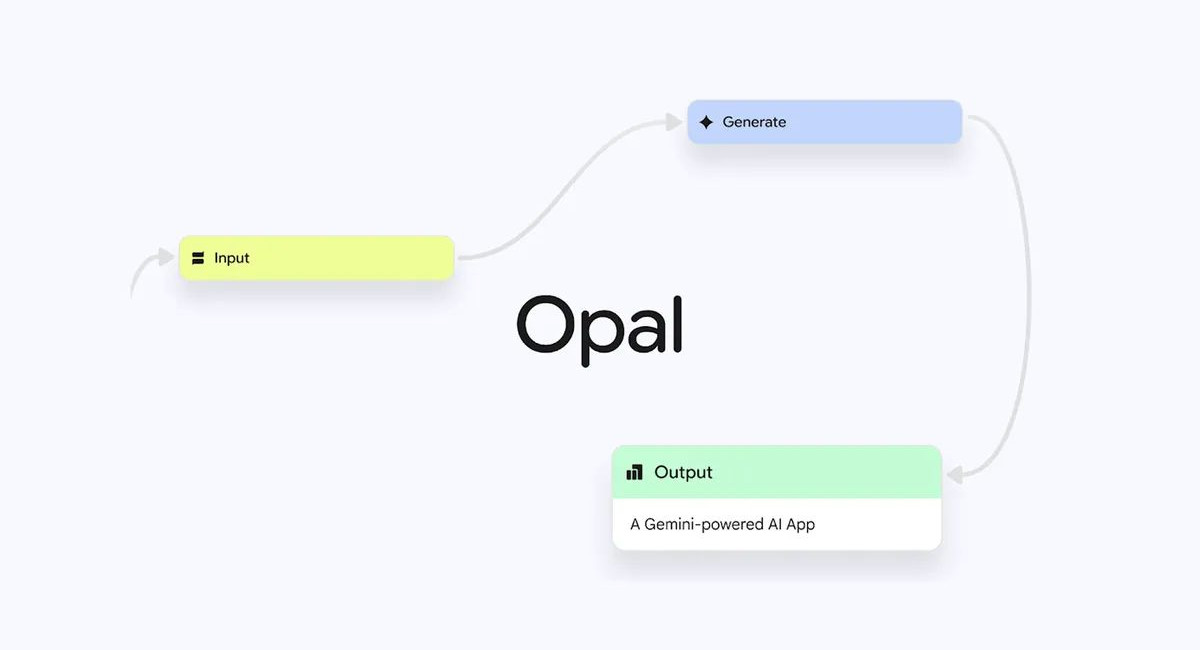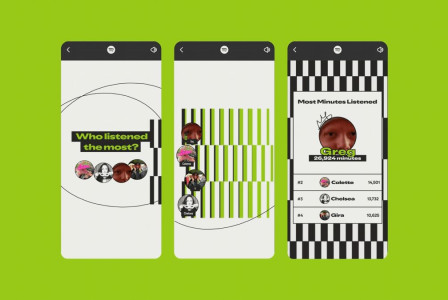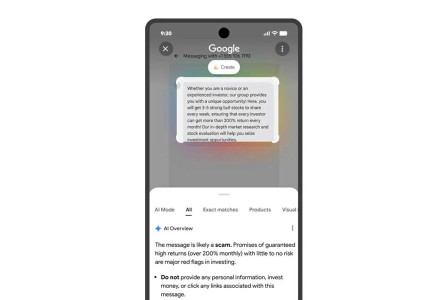SEARCH
Google expands Opal: The no-code AI app builder goes global

SHARE IT
Google has taken a major step in democratizing app creation with the worldwide rollout of its experimental no-code tool, Opal. Initially launched in the United States in late July, the platform is now available in more than 160 countries, marking a significant leap from the original 16-country test phase. Developed under Google Labs, Opal gives anyone the ability to create mini-apps powered by artificial intelligence—no coding experience required.
The company still labels the project as “experimental,” a subtle reminder that some bugs and limitations may persist. Yet, the global release signals growing confidence in the platform’s potential to redefine how people approach app development and automation.
Opal’s expansion has been swift. After its U.S. debut on July 24, it reached additional markets such as Canada, India, Japan, South Korea, and Brazil by early October. Now, with this full-scale rollout, the tool is accessible to users in most parts of the world, making AI-driven creation more inclusive than ever before.
The simplicity of Opal lies at the heart of its appeal. Users start by describing, in plain language, what they want their app to do. From there, Opal automatically builds a flowchart outlining the steps of the process—essentially designing the logic of the mini-app itself. This intuitive interface allows users to skip traditional coding altogether and focus instead on what they want to achieve.
Since its launch, Opal has proven particularly popular among professionals seeking to streamline their daily workflows. Researchers use it to organize data, while businesses rely on it to automate time-consuming tasks such as report generation or newsletter updates. The tool can extract information from the web, analyze it, and store results directly into Google Sheets. It can even compile custom summaries or create advanced data visualizations for presentations and analysis.
One of Opal’s most notable features is its ability to automate multi-step processes—what Google calls “workflow apps.” These apps can handle repetitive tasks, freeing users to focus on higher-level thinking. For example, a user can build a routine that scans websites for new trends, updates a spreadsheet with findings, and generates a summary report—all with a single command.
Beyond productivity and research, Opal has found an enthusiastic audience among content creators and marketers. Google reports that many are using it to generate large volumes of consistent, brand-aligned material—from blog posts and social media captions to promotional video scripts. With just one product idea, users can produce multiple types of content optimized for different platforms.
Opal also integrates visual and audio tools that make multimedia production surprisingly effortless. It can generate images, overlay custom text, and even produce voiceovers to accompany written scripts. For creative teams, this means shorter turnaround times and a more cohesive storytelling process.
Writers, too, are turning to Opal for inspiration. The AI can help brainstorm ideas, refine narratives, or draft dialogue for screenplays. By combining natural language generation with flexible design tools, Opal is quickly becoming a creative partner rather than just a productivity utility.
Entrepreneurs are finding new opportunities with Opal as well. The platform’s quick prototyping capabilities make it ideal for testing out new business ideas or building lightweight applications. Some of the most popular examples so far include language learning apps, personalized travel planners, and simple content generators.
This versatility has made Opal appealing to startups and small businesses that lack technical expertise but want to harness AI to improve their products or services. Instead of hiring developers or outsourcing tasks, they can now design and iterate directly within Google’s ecosystem.
MORE NEWS FOR YOU

 Help & Support
Help & Support 

